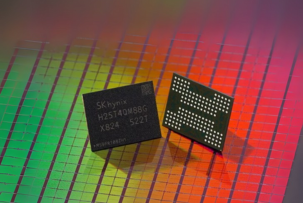From “Shell” to “Agent”: Windows 1.0 Celebrates Its 40th Anniversary Amid AI Transformation
15:04, 21.11.2025
Exactly forty years ago, on November 20, 1985, Microsoft introduced Windows 1.0 to the world. It was not a full-fledged operating system but rather a graphical shell for MS-DOS, designed for PCs with Intel 8088 processors and 256 KB of RAM.
The first version introduced key elements: tiled windows, menus, and mouse interaction. Although it was just a “shell” for DOS, it defined the fundamental direction of graphical interface development for decades to come.
Rapid Evolution: From 2.0 to Windows 7
The platform evolved quickly:
- Windows 2.0 (1987): Added window overlapping and resizing, improving multitasking.
- Windows 3.0 and 3.1 (1990–1992): Brought interface updates, including Program Manager, icons, TrueType fonts, and basic multimedia features. This is when Windows began gaining mass popularity.
- Windows 95 (1995): A revolutionary release introducing the Start Menu, taskbar, and a mostly 32-bit desktop.
Windows XP (2001): Unified the consumer and business lines, becoming one of the most popular operating systems. - Windows 7 (2009): Considered by many users to be the peak of Windows convenience and stability.
Windows 11
Modern Windows 11 is a technical continuation of Windows 10, but user perception is mixed. Numerous changes, interface experiments, many built-in services, and frequent post-update bugs have lowered its popularity.
Recently, dissatisfaction has grown due to Microsoft’s intention to transform Windows into an “agent OS” based on artificial intelligence (AI). Users fear that Microsoft is no longer considering their preferences, shifting more functions to automated AI-driven solutions. However, many long-time users value the ability to configure the system themselves and choose their own software rather than having decisions imposed by corporate managers or AI.


